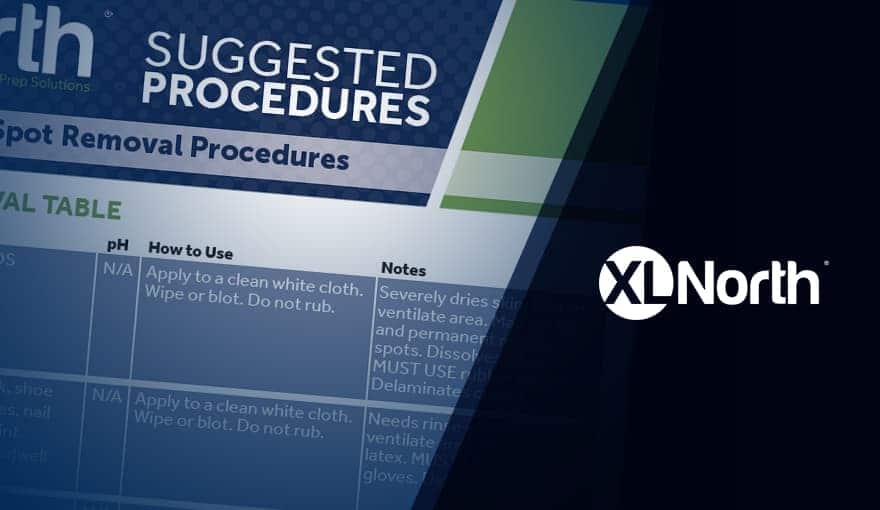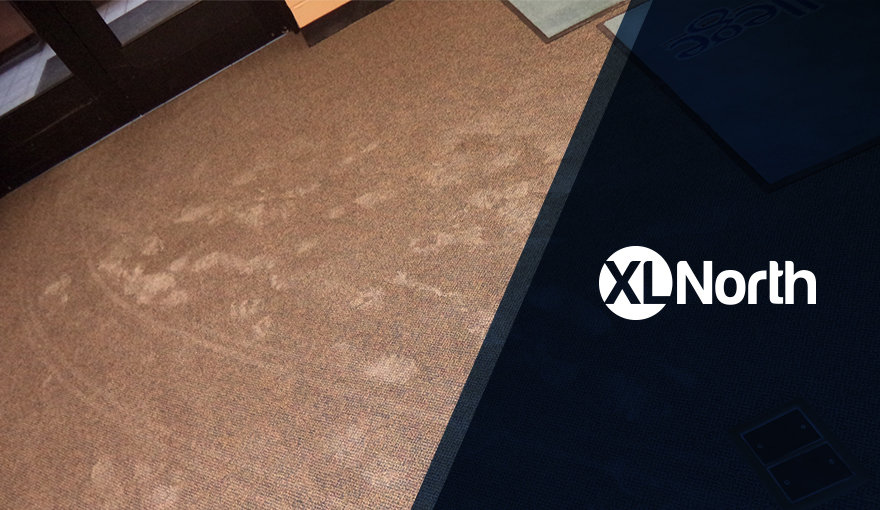“Why did this spot come back?” is a question that commercial floor care providers often hear from their customers. However, until the cause of the spot is identified, there isn’t always a quick and simple answer. To properly troubleshoot, first ask, “When was the carpet last cleaned?” If it happened recently, the issue could be wicking.
Wick back or “Wicking” is soil that travels along with moisture to seek equilibrium. Basically, it’s “free soil” that is left in the base of the carpet during cleaning that travels along with the moisture as it evaporates. The soil is typically deposited on top of the fibers and may continue to collect additional soil when walked on. Wicking happens as the carpet is drying and will not happen once the carpet is dried.
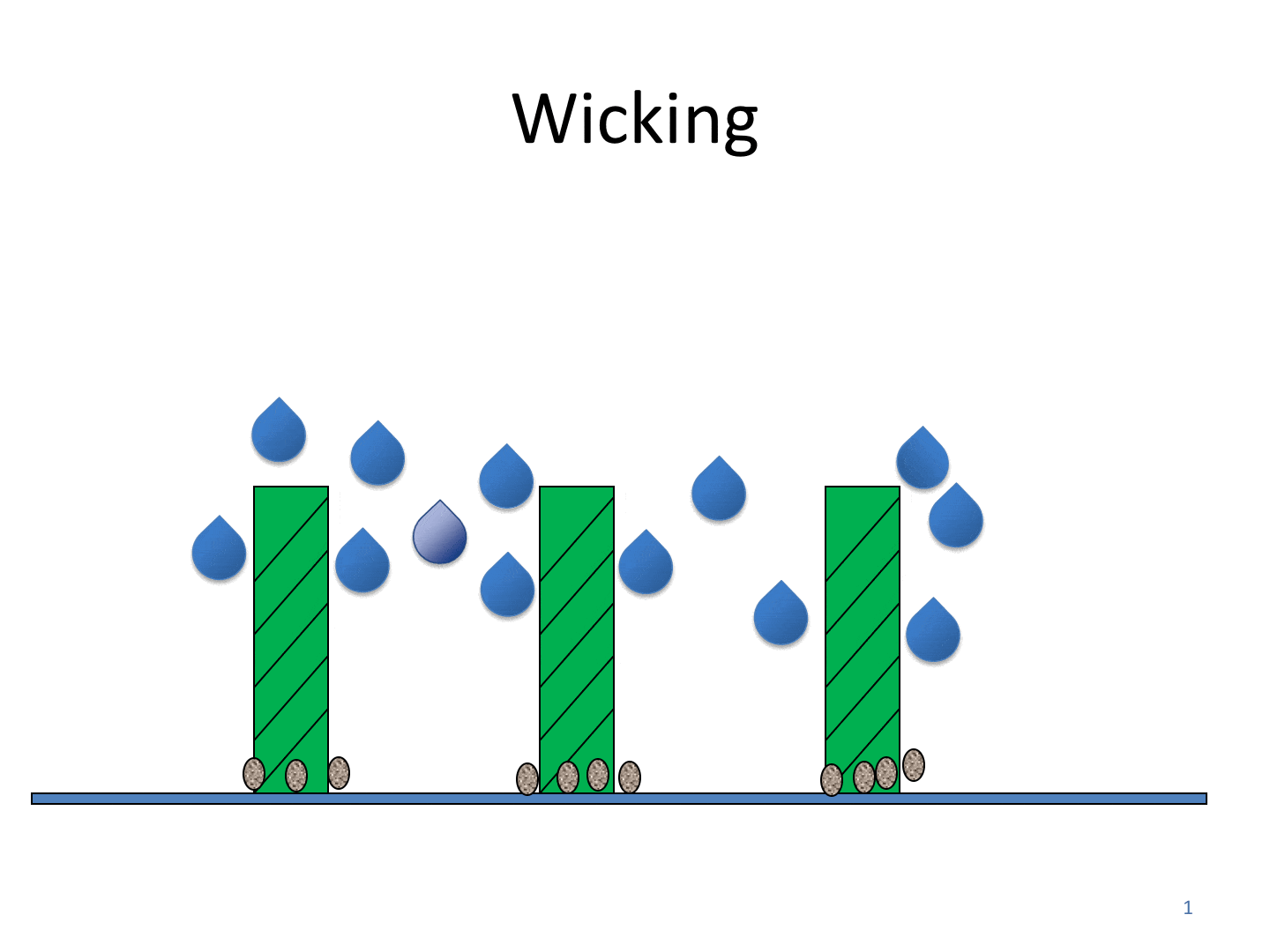
Wicking doesn’t excuse a maintenance provider from blame if they don’t get a spot completely removed and possibly leave some residue in the carpet that would, over time, re-soil, but it does provide an explanation to the customer as to why this can and sometimes does happen.
Next, to help identify a spot, ask, “How is the reappearing spot shaped?” Spills almost always happen in an asymmetrical fashion. For example, Tom is walking with his coffee cup down the hall and someone bumps his arm. That type of spot will not be round. It will have a splatter effect to it.
Lastly, ask, “Where is the spot located?” Round spots typically seen near doorways or at the end of a cubicle run tend to be caused by the owners’ custodial services as they pile bags of trash together for easy collection. Quite often the customer sees these and thinks that it is a maintenance issue as it’s in the same area and looks similar to previous spots, but it will need to be addressed internally with custodians.
Get Proactive with Carpet Spots
The best way to educate your customer and also cut down on call backs is to put in place a process of having your technicians document larger spots and spills by taking photos with “landmarks” in the background or near the spots. If the question of recurring spots does come up, you can quickly compare them with previous photos to help troubleshoot and identify the cause faster.
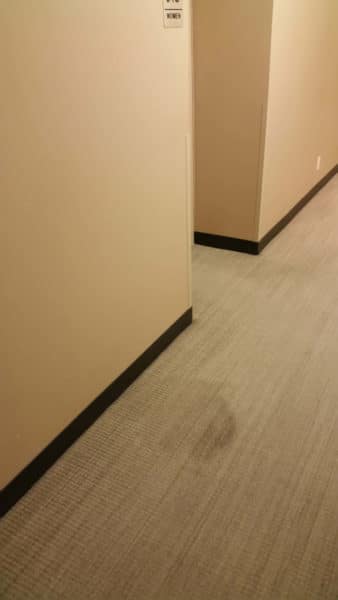
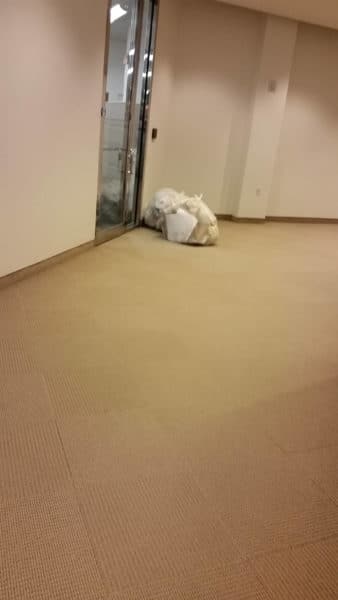
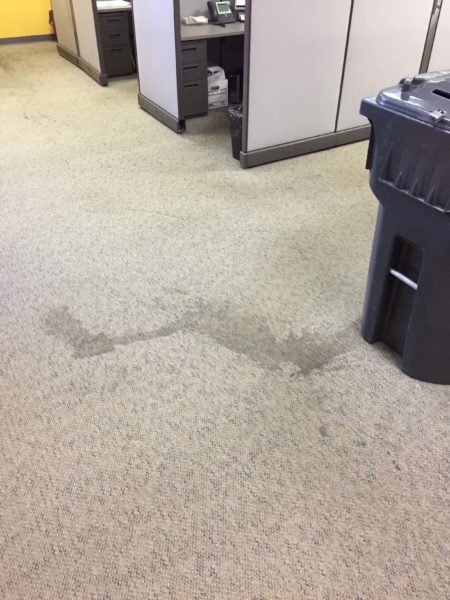
Download Available!
A PDF download of this article is available by clicking here. No form submission required!
